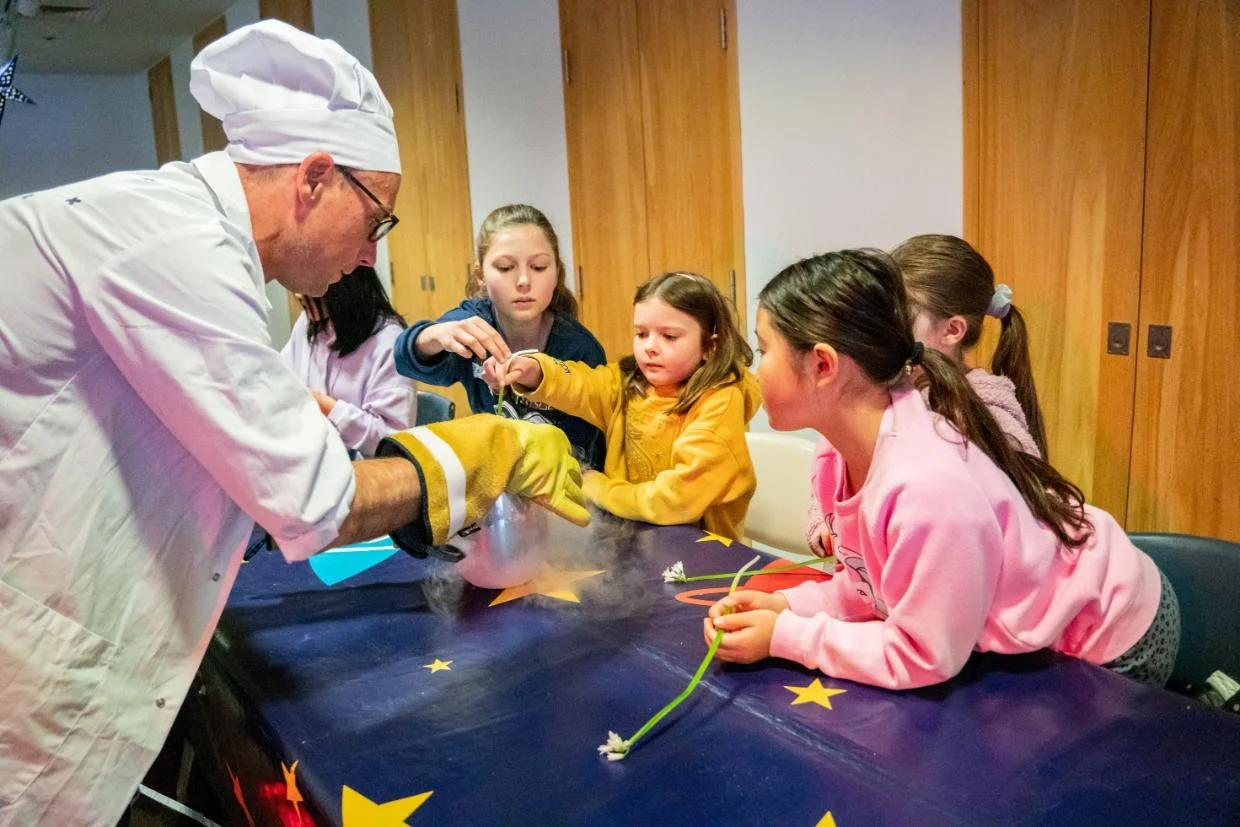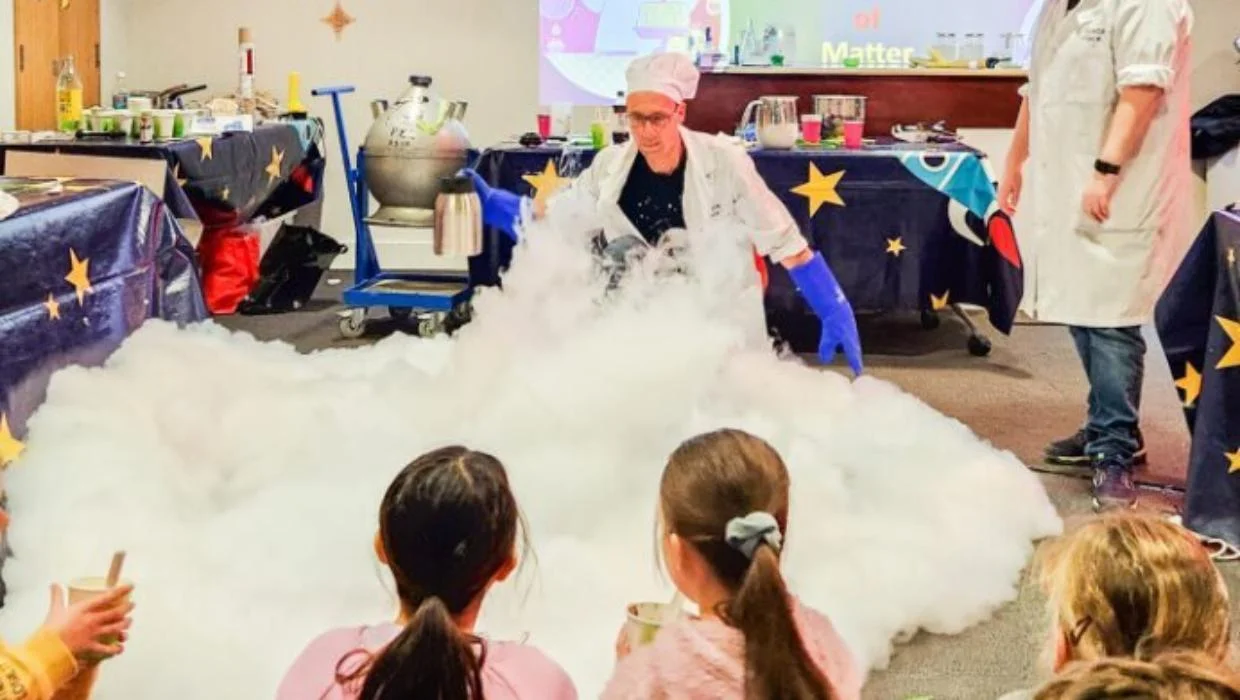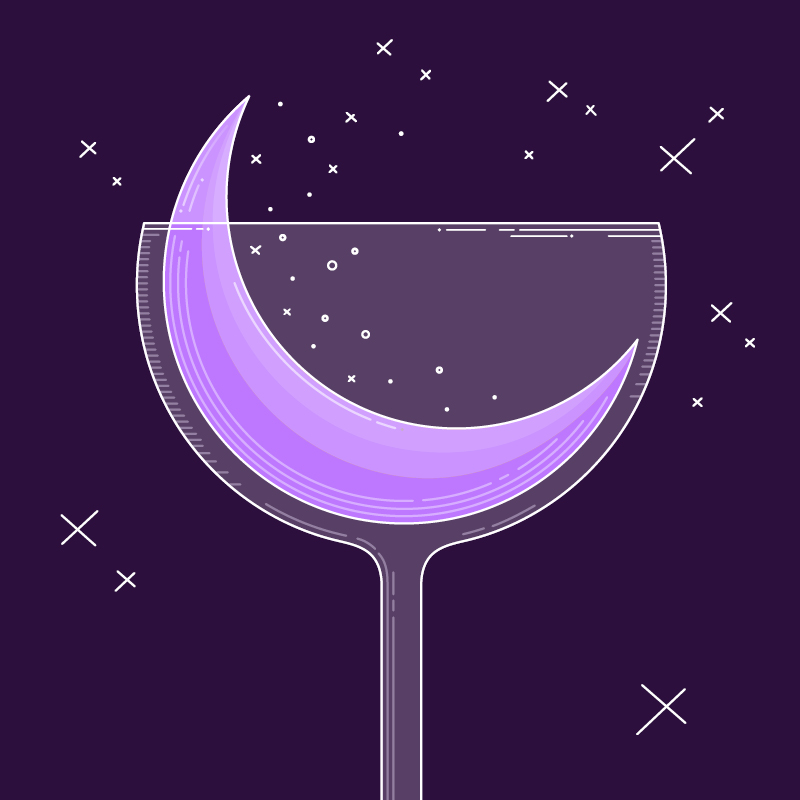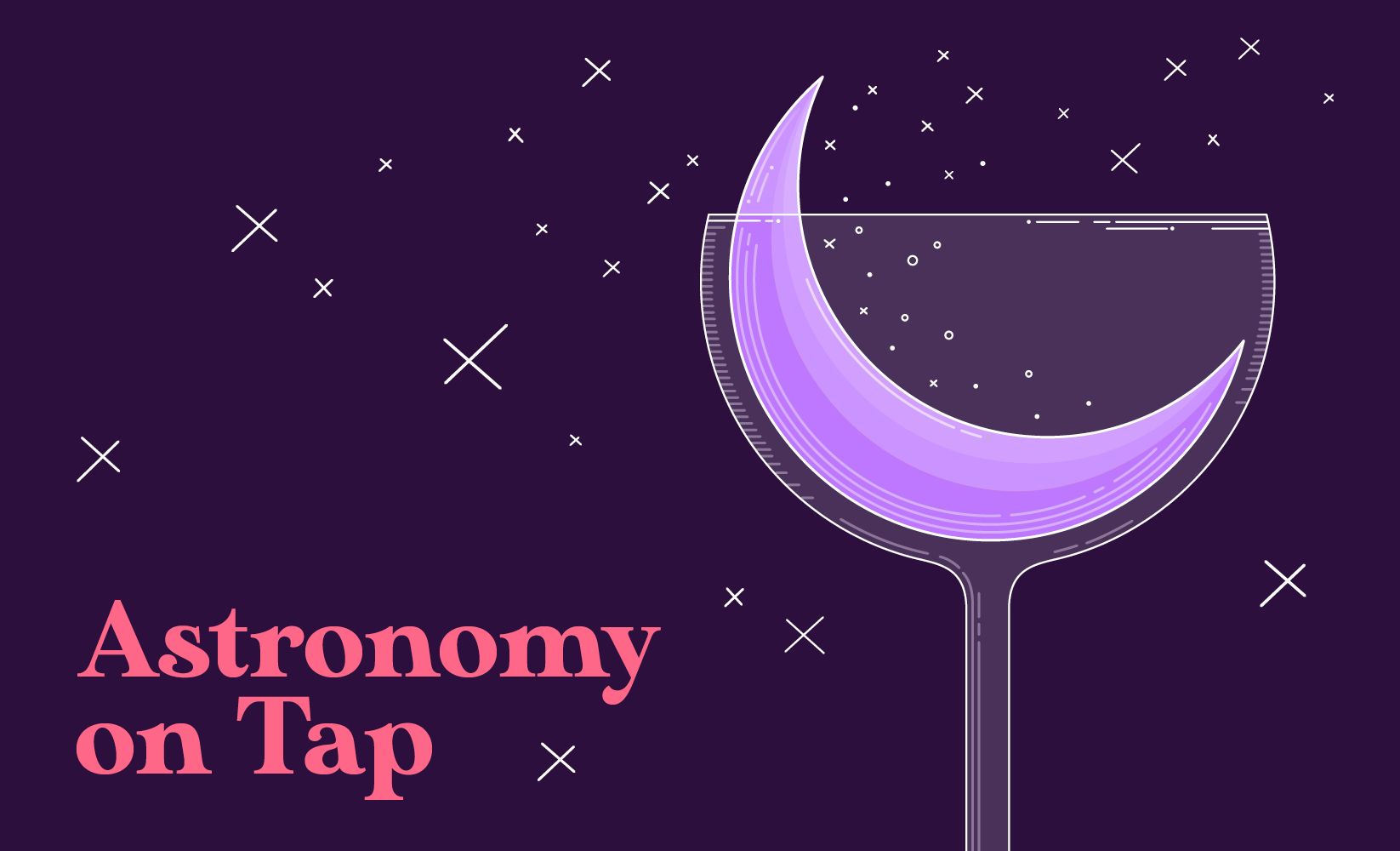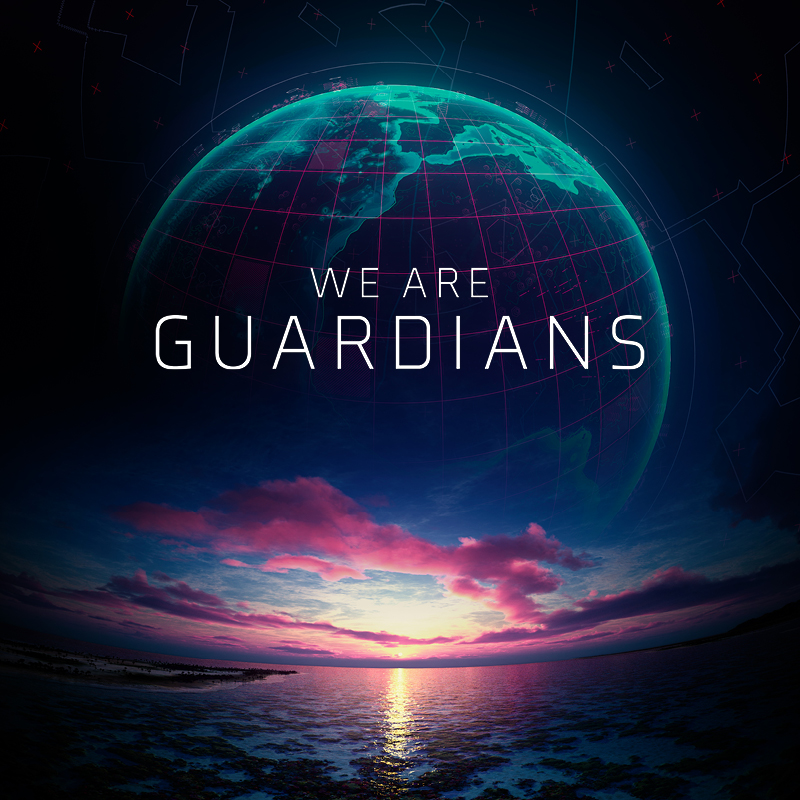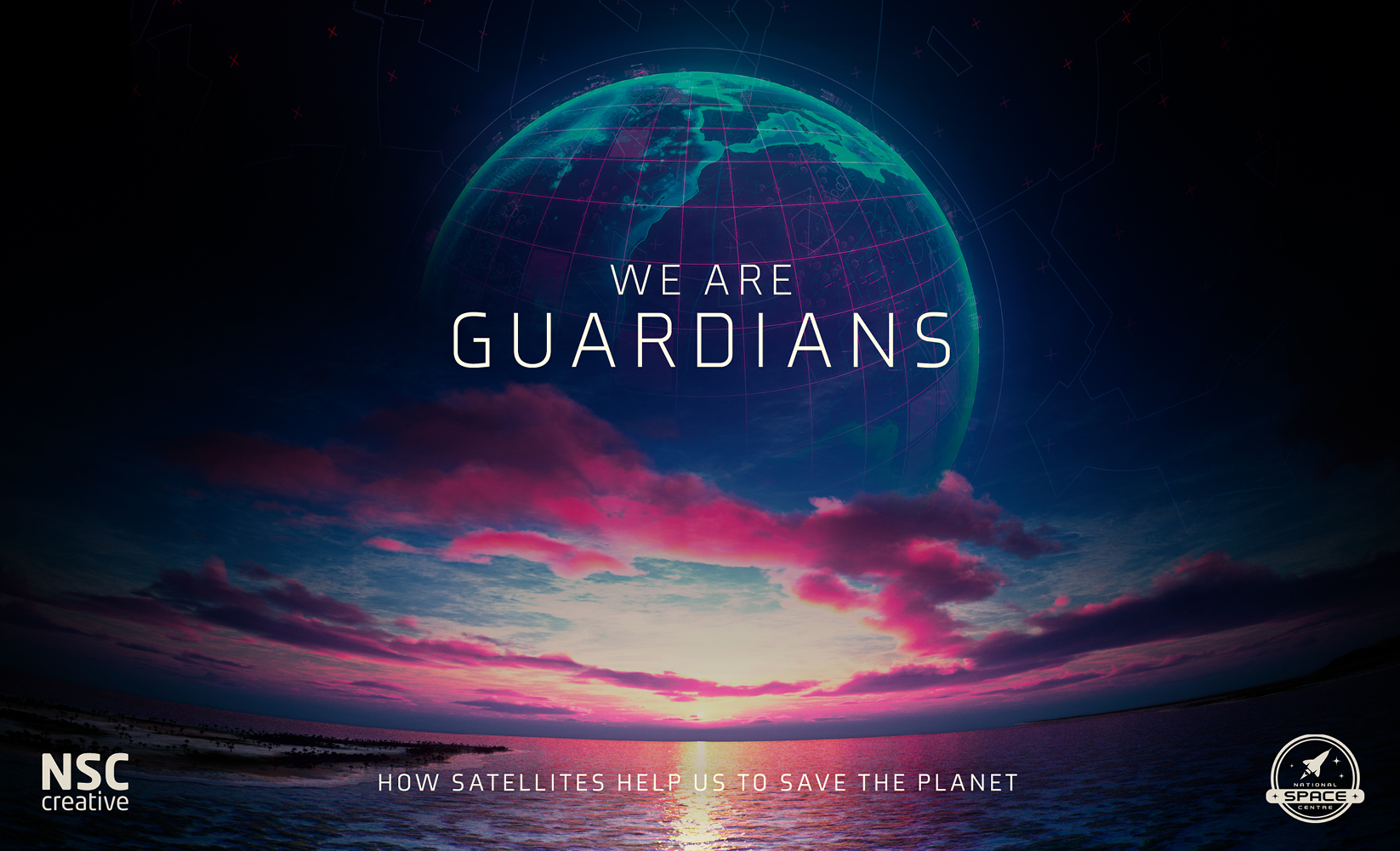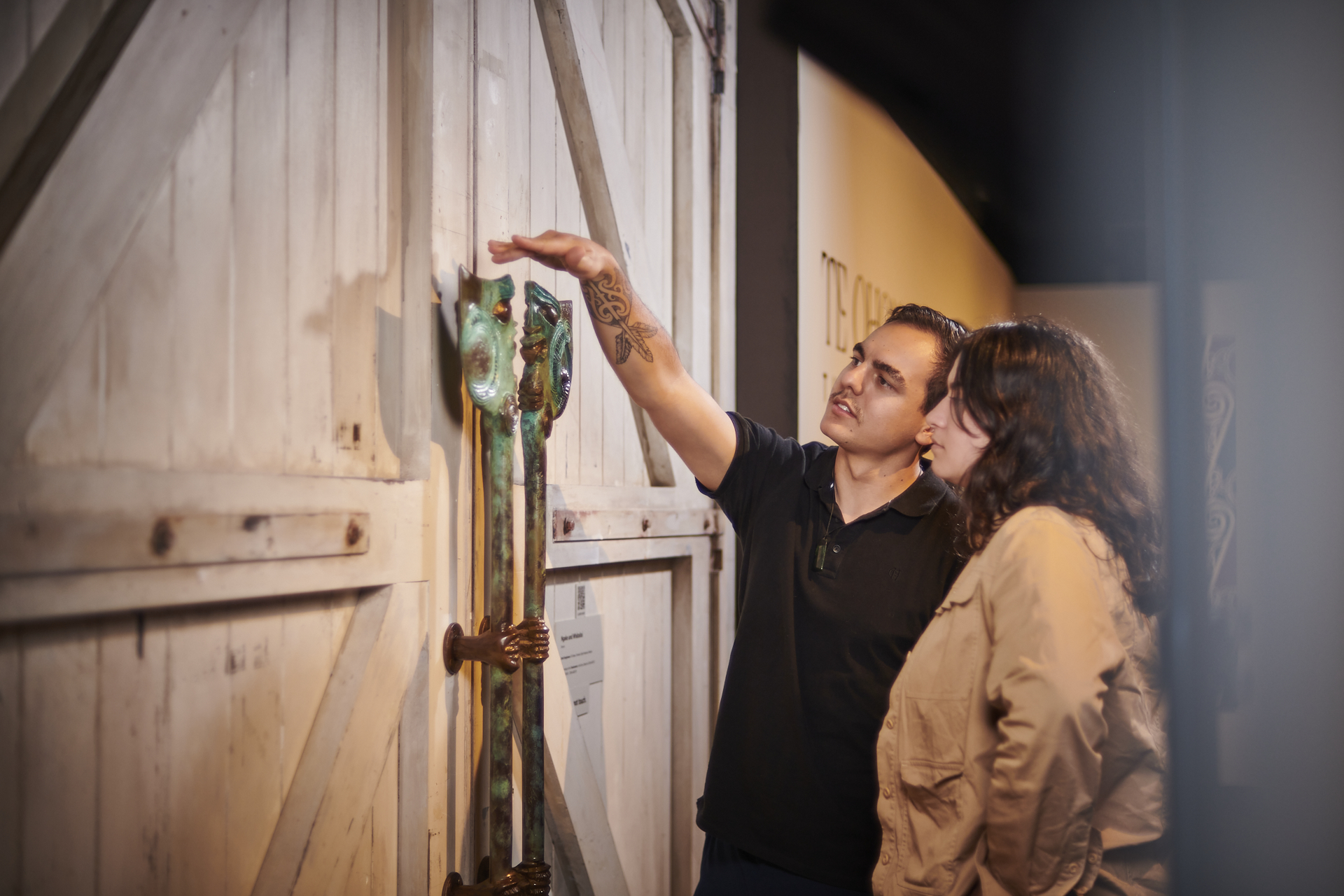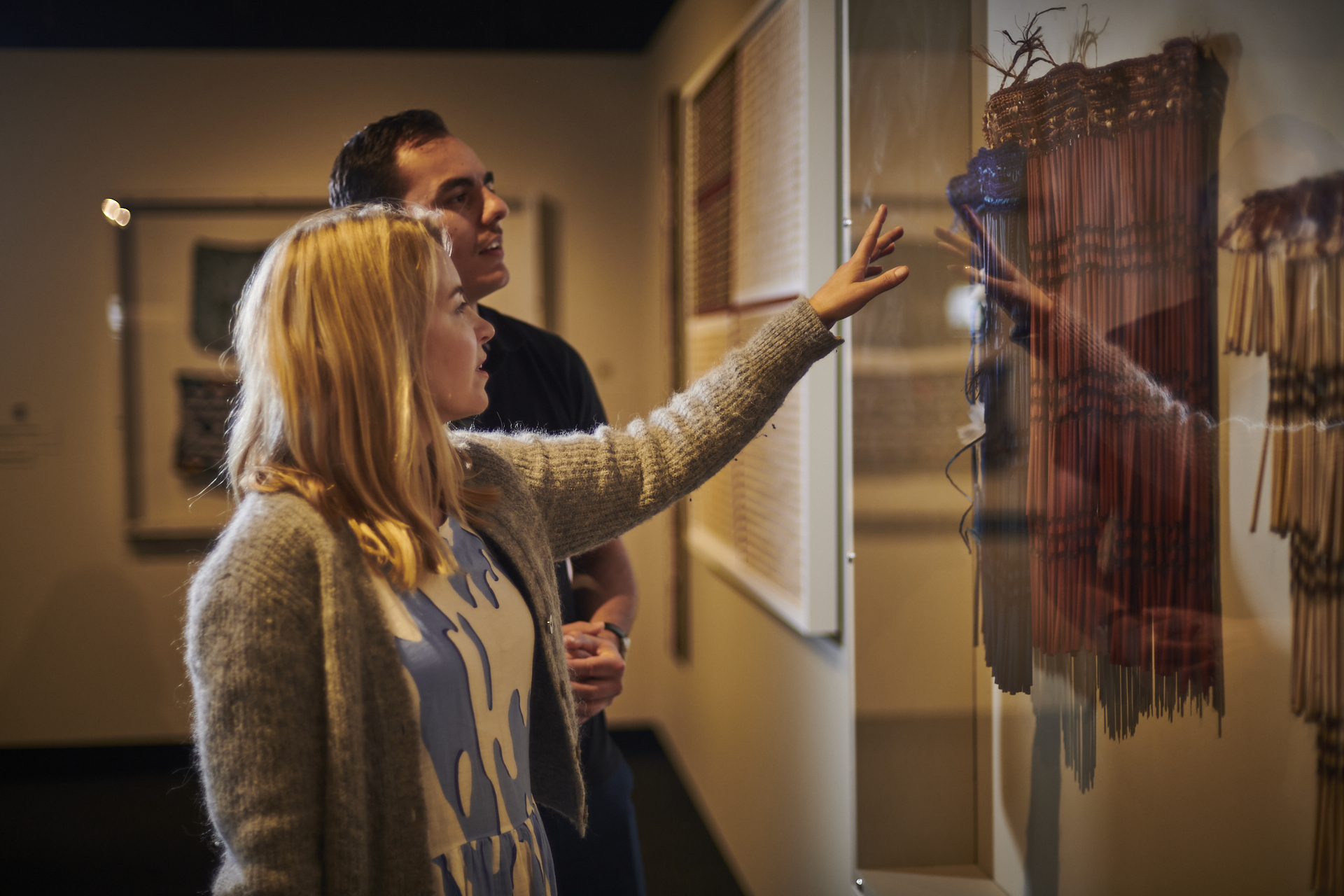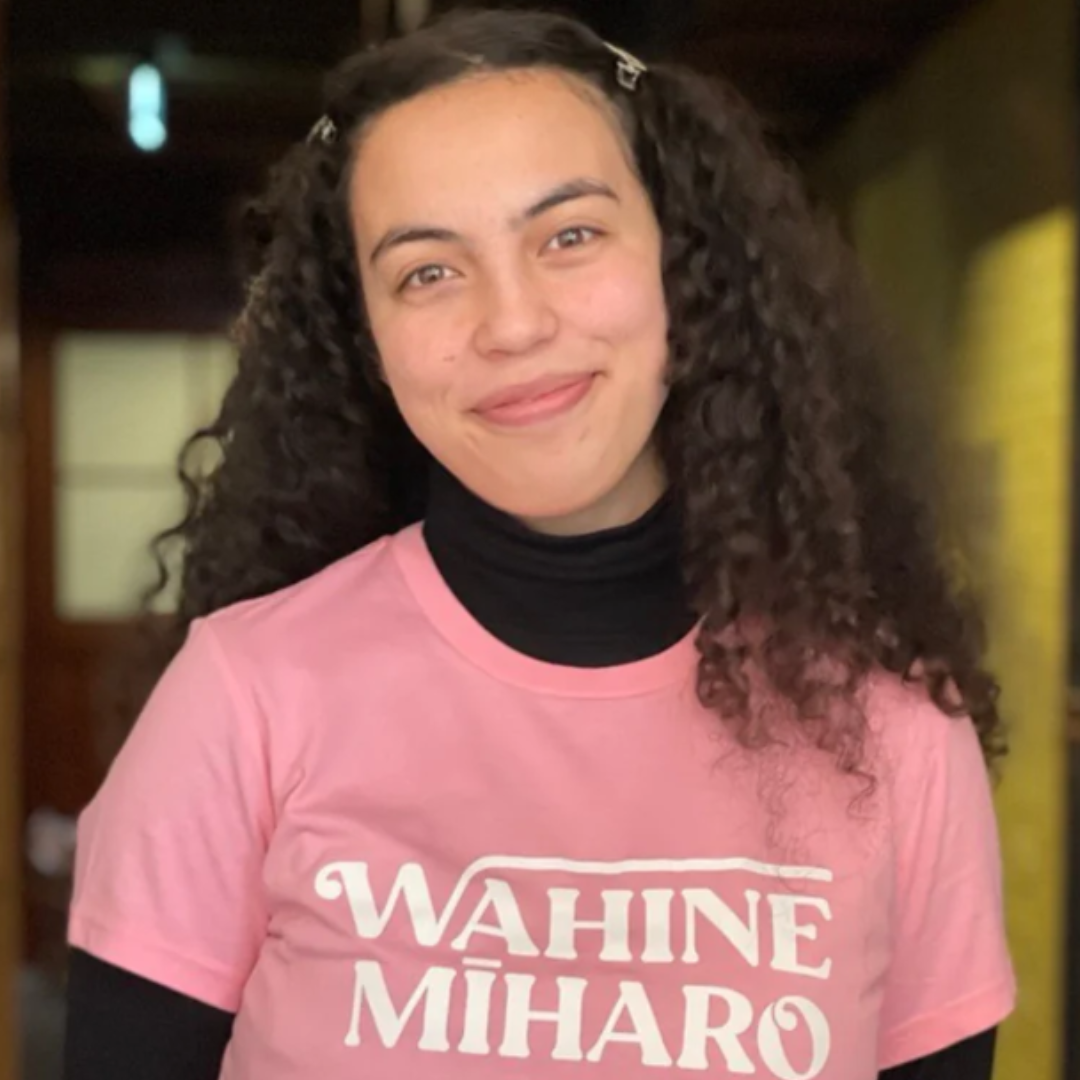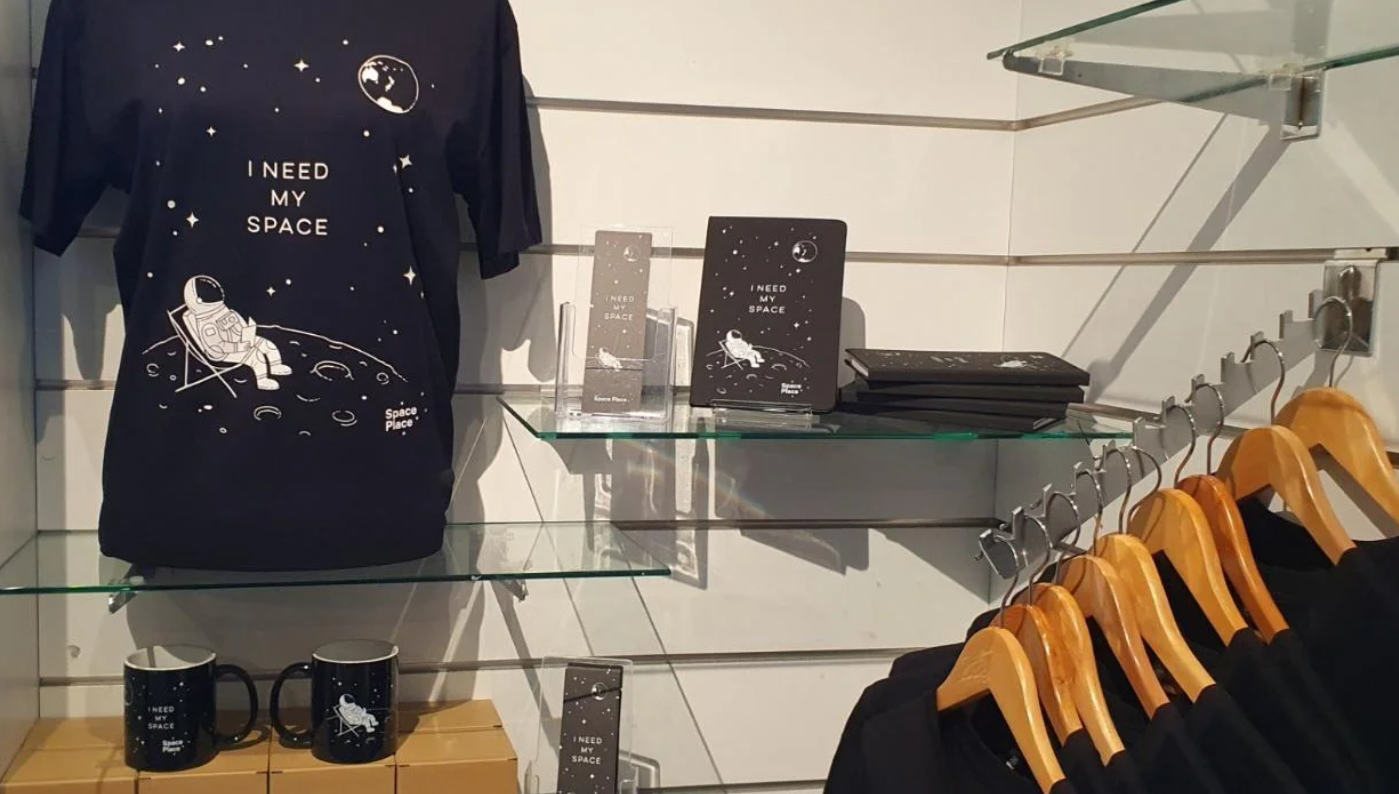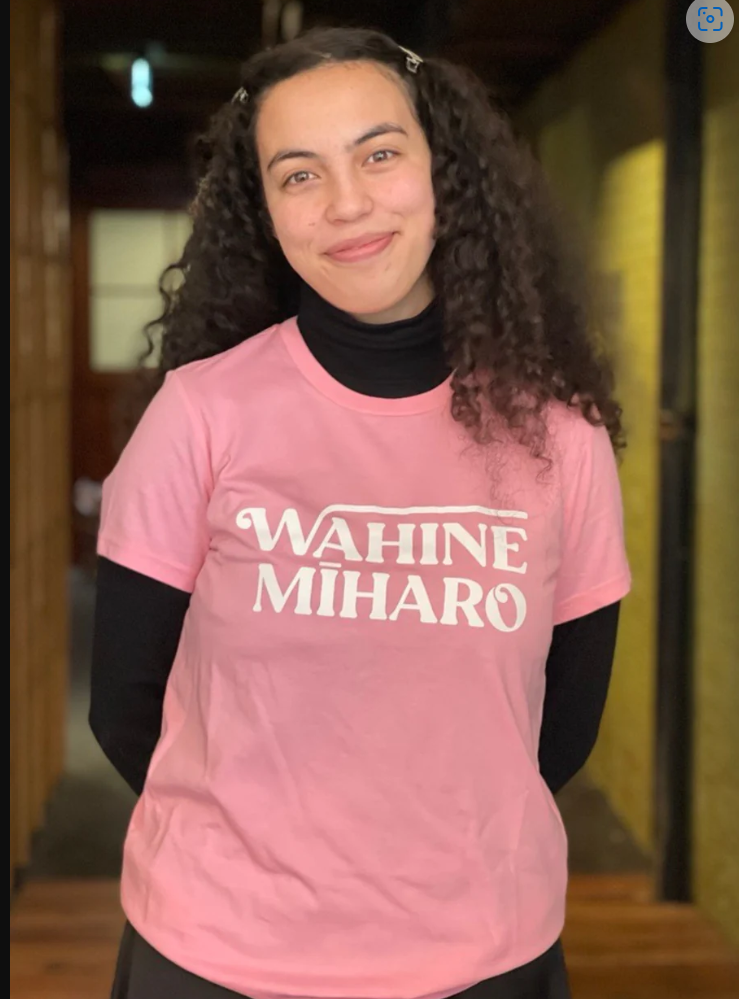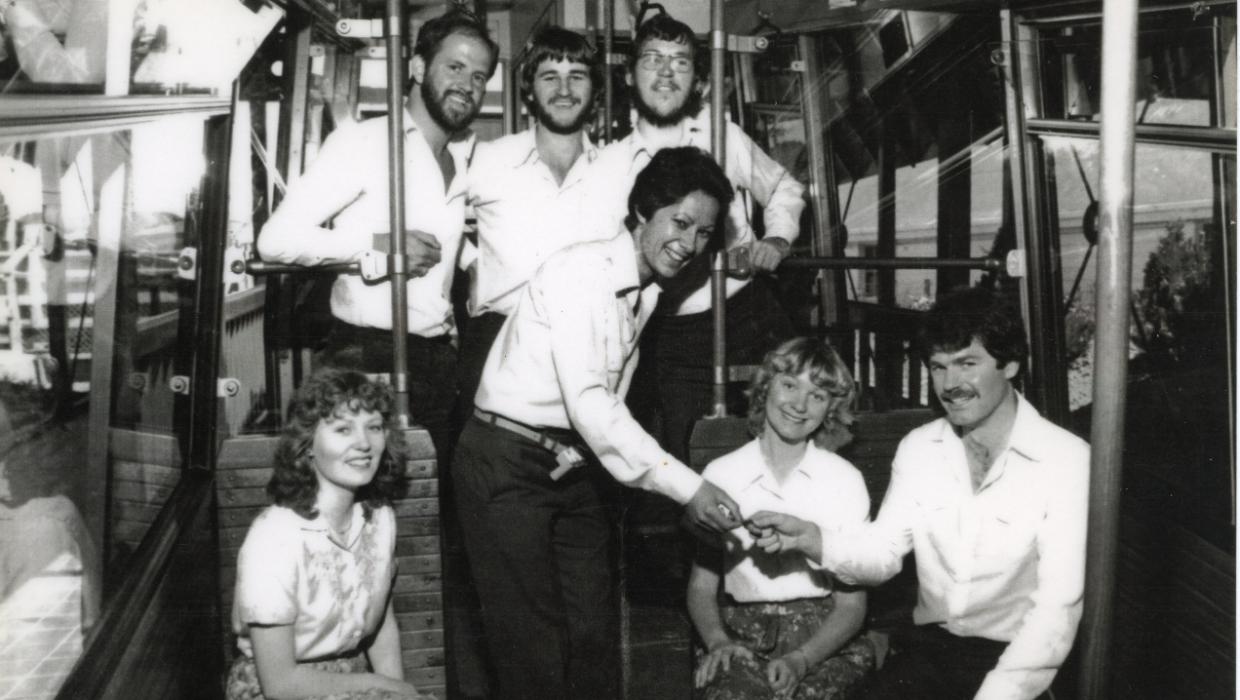Family at the heart of Museum’s new chemist collection
By Ian Wards, Wheako Pōneke Experience Wellington Senior Curator (Taonga) | July 3, 2024

Curious, elaborate bottles from an Edwardian pharmacy form part of a collection which tells the story of a progressive family who, more than 100 years ago, valued education for their sons and their daughters.
Te Waka Huia o Ngā Taonga Tuku Iho/Wellington Museum was recently gifted the Castle Chemists collection by the Pharmaceutical Society of New Zealand. This is significant for Wellington. Castle Chemists is an institution in Newtown, still operating as a pharmacy more than 100 years after it was opened by John Castle in the late 1800s.
Standing at 139 Riddiford St, Newtown, Castle Chemists is an interesting building. Inside it is still laid out in much the same way as it would have been 120 years ago. It’s typical of the modest, late Victorian two-storey, wooden shops that give so much character to Newtown. The building also displays mock crenellations, teeth-like projections you see at the top of medieval castles, no doubt a play on the family name. Inside you get a real sense of an Edwardian pharmacy, full of curious, elaborate bottles with strange Latin writing across the front.

Many of these bottles, and the ones that Wellington Museum have just acquired, were collected by John Castle’s son Ronald.
The Castle family were interesting people. Five of the seven children John and Annie Castle brought into the world became pharmacists themselves. Mavis and Mona Castle were among the earliest women pharmacists in New Zealand. The family ran pharmacies all over Wellington, with their location in Newtown the oldest, and the only one still operating under their name, although now with new owners.
The family were not only successful pharmacists. John and Annie believed all their children should have a full and broad education. Indicative of his progressive mindset, John Castle was one of few New Zealand men to sign the Women’s Suffrage Petition which led to New Zealand women winning the right to vote in 1893.
John and Annie’s youngest daughter Zillah became an accomplished musician, receiving a violin scholarship to the Royal College of Music, London, in 1931. A multi-instrumentalist, she played as a soloist, with orchestras and on radio broadcasts throughout her life. She and her brother Ronald (also an accomplished musician) shared a house on Colombo St, Newtown. This was full of rare books and musical instruments from across the world. These collections are now with the Alexander Turnbull Library and Auckland Museum.

By the 1970s most of the second generation of the Castle family had retired. Ronald Castle, the youngest son, and owner of their Newtown pharmacy, acquired many of the family’s old medicine bottles and equipment, keeping them in an informal museum above the business. Ronald retired in 1981 and his collection was acquired by the Pharmaceutical Society of New Zealand. Recently, as the society was moving premises, they felt the time was right to give the collection a new long-term home.
We can’t say when the Castle Chemists collection will be on display, as good things take time. Our collections staff first need time to catalogue dozens of bottles, books and apparatus. They also need to make sure the chemicals stored in the bottles are safe in the long-term, for visitors and our other collections. Rest assured, under the care of Wellington Museum, the fascinating stories of the Castle family and these touchstones to our past will be looked after for future generations to ponder and enjoy.





